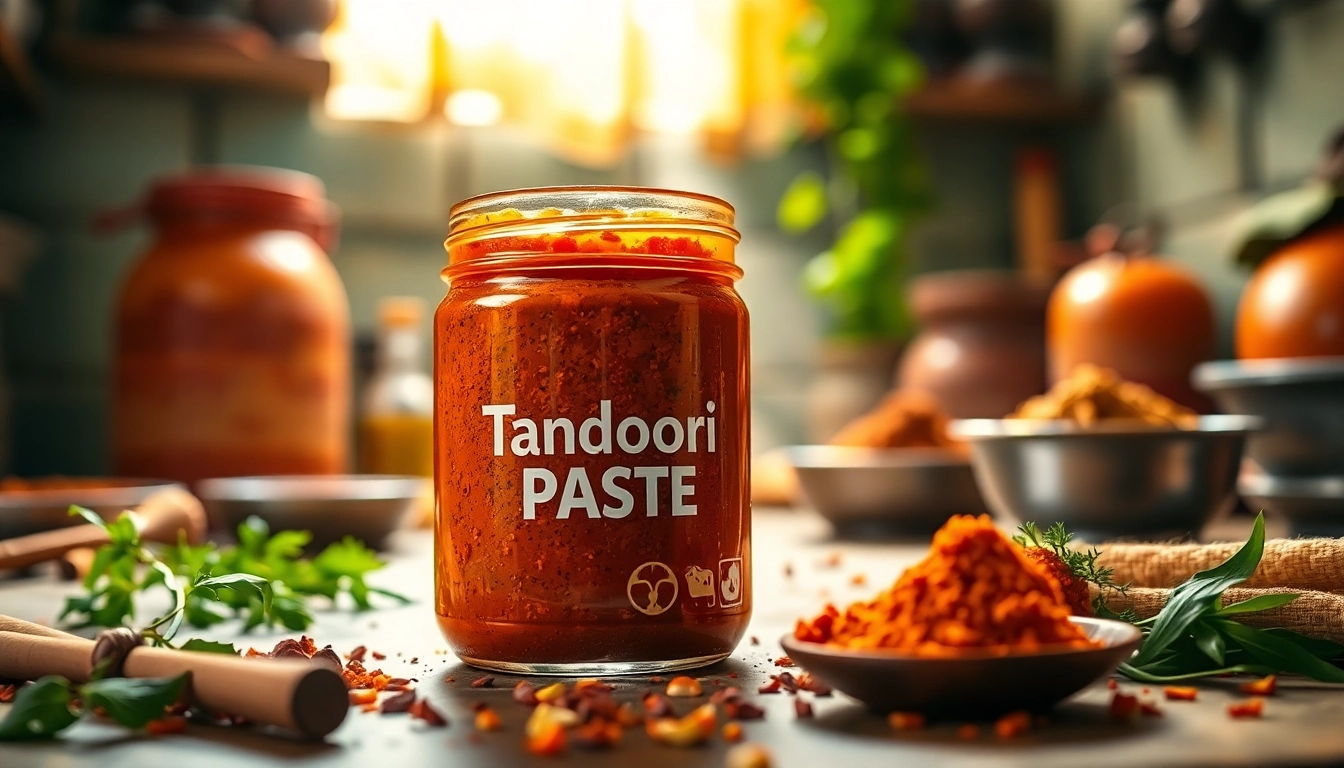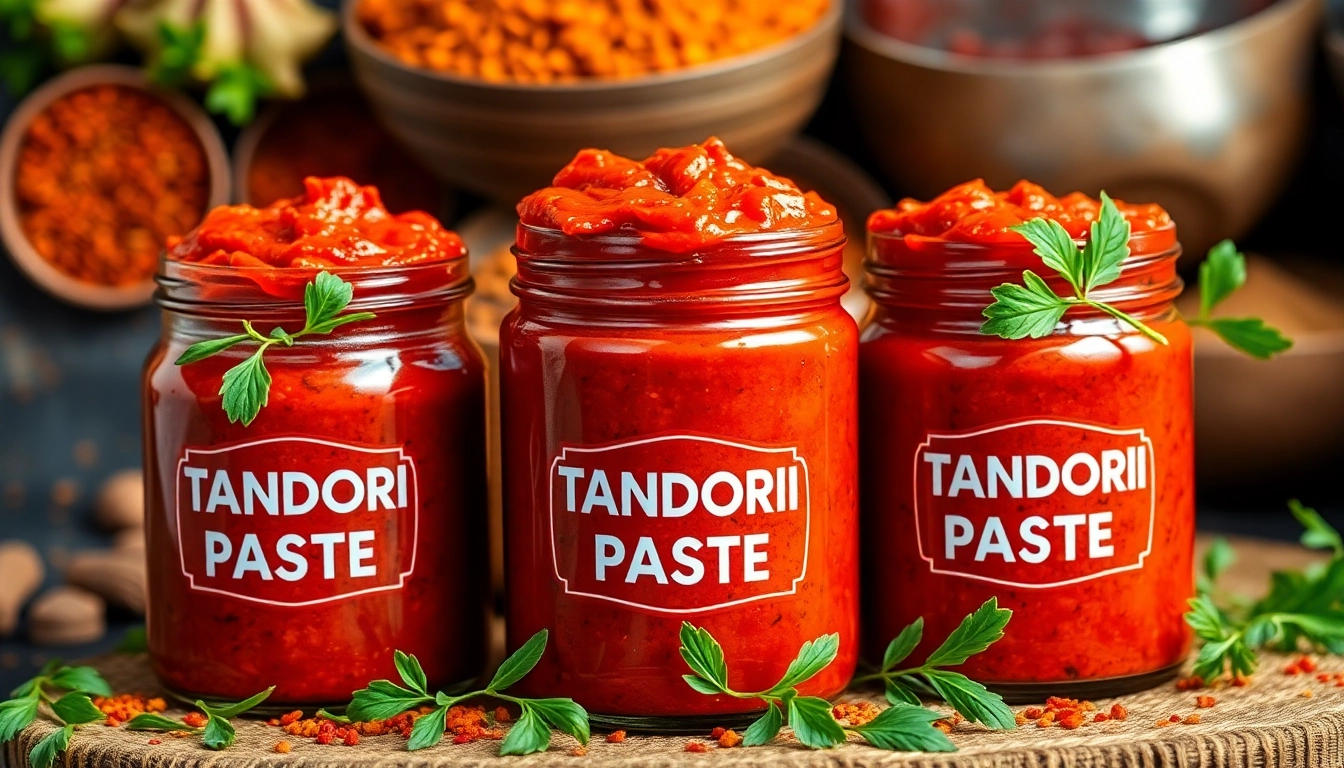Understanding Baby Weaning Foods and Their Benefits
Introducing solid foods to your infant’s diet marks a pivotal milestone in their growth and development. Baby weaning foods serve as a foundation for healthy eating habits, nutritional adequacy, and sensory exploration. These foods are carefully designed to meet the unique needs of infants, providing essential vitamins, minerals, and textures that support their developmental stages. For parents seeking high-quality, safe, and culturally rich options, Italy offers an exceptional array of Baby weaning foods that encapsulate the essence of traditional culinary excellence combined with modern safety standards.
What Are Baby Weaning Foods?
Baby weaning foods are specially prepared meals intended to transition infants from exclusive breastfeeding or formula feeding towards a varied diet that includes solids. Typically introduced around 4 to 6 months of age, these foods gradually expose babies to different textures, flavors, and nutritional profiles, aiding in the development of eating skills and sensory acceptance. The process, known as weaning, involves introducing purees, mashed foods, and eventually more textured meals, fostering independence while supporting physical growth and cognitive development.
Nutritional Advantages for Growing Babies
Quality weaning foods are fundamental in supplying nutrients vital for an infant’s rapid growth phase. They provide a balanced intake of macronutrients—proteins, carbohydrates, and healthy fats—and micronutrients such as iron, zinc, calcium, and vitamins. Properly formulated baby foods can help prevent deficiencies, support immune function, and promote healthy growth patterns. Moreover, early exposure to diverse flavors and textures encourages acceptance of a broad diet later in childhood, reducing picky eating tendencies and improving dietary variety.
Common Types of Baby Weaning Foods
The spectrum of baby weaning foods is broad, encompassing everything from single-ingredient purees to complex, nutrient-dense recipes. Typical options include:
- Vegetable purees (carrots, peas, zucchini)
- Fruit purees (apples, pears, bananas)
- Grain-based cereals (rice, oats, barley)
- Meat, fish, and lentil purees for protein sources
- Combination meals incorporating various textures and flavors
Italian brands, like Bèbeboom, specialize in creating such foods with a focus on organic, locally sourced ingredients, ensuring authenticity and safety with strict control over production standards, making them ideal choices for parents committed to healthy weaning.
Selecting Safe and Genuinely Made in Italy Baby Weaning Foods
Certification and Quality Standards
Ensuring the safety and authenticity of baby foods involves verifying adherence to rigorous certification standards. Italian manufacturers often comply with European Union regulations, including the Regulation (EC) No 183/2005 on food hygiene and specific certifications for organic, GMO-free, and allergen-free products. Trusted brands like Bèbeboom go further by obtaining certifications such as ISO 22000 for food safety management and specific certifications for silicone accessories. These guarantees protect vulnerable infants from contaminants and allergens, providing peace of mind for parents.
How Italian Heritage Ensures Reliability
Italy boasts a longstanding tradition of gastronomic excellence rooted in regional diversity, high-quality ingredients, and meticulous craftsmanship. This cultural heritage translates into baby foods that are not only nutritious but also rich in flavor, reflecting the country’s culinary legacy. When choosing Italian-made baby weaning foods, parents benefit from adherence to tradition combined with strict safety protocols, producing products that stand out for their purity, taste, and nutritional balance.
Identifying Genuino and Authentic Products
Authentic Italian baby foods are often marked with quality seals, such as the Made in Italy label, and certifications from recognized organizations. Transparency regarding ingredient sourcing, processing methods, and batch testing is vital. Reputable brands like Bèbeboom clearly specify their adherence to Italian and European standards, include detailed ingredient lists, and avoid artificial additives, ensuring that what reaches your child is genuine, safe, and of high quality.
Best Practices for Introducing Baby Weaning Foods
Timing and Gradual Introduction
Timing is crucial in baby weaning; most infants are ready to begin introducing solid foods between 4 and 6 months of age. A gradual approach allows the gastrointestinal system to adapt and minimizes allergy risks. Start with single-ingredient purees, observing how your baby tolerates each new food. This step-by-step process also fosters positive associations with eating and helps identify any adverse reactions early.
Balancing Textures and Flavors
Developing a palate involves exposure to a variety of textures—purees, mashed, and small soft chunks—as well as a spectrum of flavors from sweet fruits to savory vegetables. Incorporating regional Italian flavors, such as zucchini, tomato, and basil, not only enhances taste but also introduces cultural culinary heritage. Offering a balanced variety encourages the acceptance of diverse foods, supports oral motor development, and prevents mealtime monotony.
Monitoring and Addressing Allergies
Allergies are a key concern when introducing new foods. To mitigate risks, parents should introduce one new ingredient at a time, wait 3-5 days before adding another, and closely monitor for reactions such as rashes, vomiting, or swelling. Consulting with pediatricians and utilizing foods free from common allergens or processed with allergen control protocols is recommended. Certified Italian products often adhere to strict allergen management standards, further safeguarding your child’s health.
Use of Silicone and Certified Accessories in Baby Weaning
Benefits of Silicone Pappa Accessories
Silicone accessories have become essential in modern baby weaning due to their durability, safety, and ease of cleaning. Items like plates, bowls, and utensils in certified food-grade silicone are non-toxic, heat-resistant, and flexible, making feeding safer and more engaging. Their vibrant colors and ergonomic designs help develop fine motor skills and encouraging independent eating.
Safety Certifications and Material Composition
Most high-quality silicone accessories are certified free from BPA, phthalates, lead, and other harmful substances, complying with standards like FDA and LFGB. Manufacturers such as Bèbeboom prioritize transparency about their materials, ensuring that products are safe for infants from the first use. Properly certified silicone prevents chemical migration into food, maintaining the integrity of your child’s nourishment.
Practical Tips for Using Accessories Effectively
To maximize benefits, always verify that accessories are suitable for the child’s age and developmental stage. Use suction bowls to prevent tipping, choose utensils with ergonomic handles for better grip, and introduce different textures gradually. Regular cleaning and inspection of silicone items ensure ongoing safety, while engaging your child with colorful, themed tableware enhances the mealtime experience.
Enhancing Baby Weaning Experience with Cultural and Traditional Elements
Incorporating Italian Gastronomic Heritage
Infusing traditional Italian flavors into baby foods not only offers nutritional benefits but also nurtures cultural identity. Classic ingredients such as olive oil, basil, and ripe seasonal vegetables enrich meals, fostering an early appreciation for regional cuisine. Companies like Bèbeboom craft their products to reflect authentic flavors while maintaining nutritional integrity, making each meal an opportunity for cultural education.
Meal Presentation and Engagement Strategies
Presentation plays a vital role in stimulating a child’s interest in eating. Using colorful, themed silicone plates shaped like rainbows or animals transforms mealtime into a fun activity. Involving babies in choosing and serving their food encourages independence and curiosity. For example, animated stories or songs related to Italian food traditions can deepen their connection to cultural heritage.
Supporting Developmental and Language Skills
The act of eating is intertwined with speech development. Encouraging babies to intentionally masticate, chew, and manipulate different textures strengthens oral muscles essential for speech. Posatine ergonomic utensils, designed to fit small hands comfortably, foster fine motor skills. Moreover, engaging in descriptive language during meals—such as naming ingredients and textures—enhances vocabulary and cognitive associations linked to food and culture.


